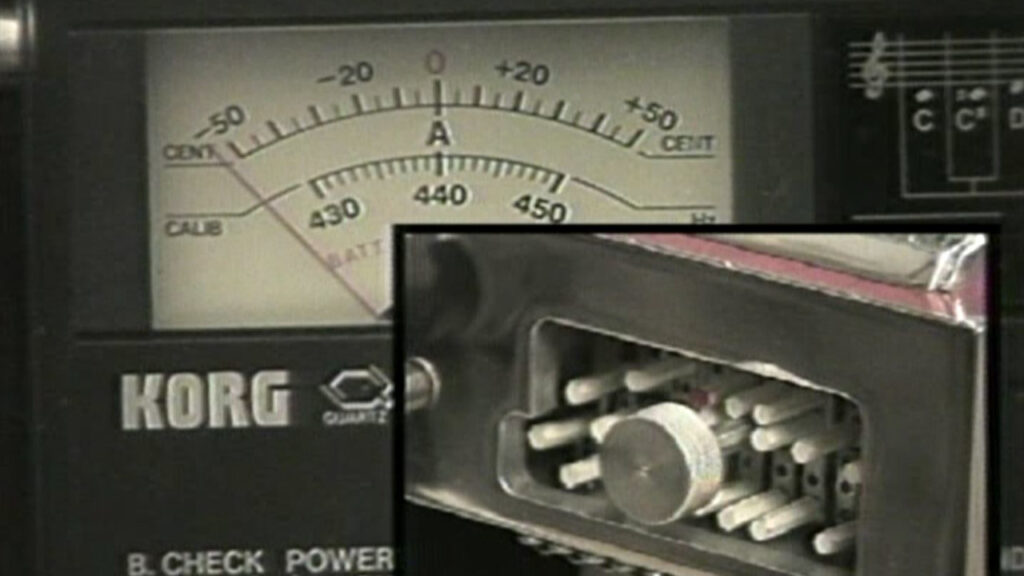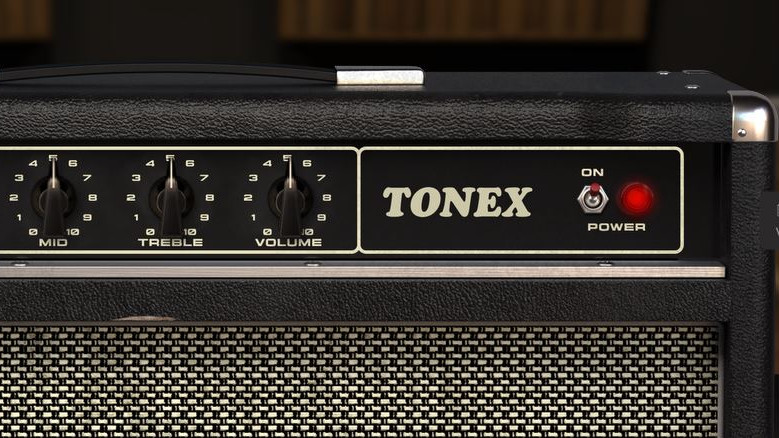If you’ve ever wondered what is going on in a Peavey Nashville 112 that makes the “high” control different from the “presence” control, here is an explanation in visual form. In short, the “high” control boosts or cuts a bell shape right at about 7 kilohertz while the “presence” controls a gently sloped high-shelf EQ starting below 800 hertz.
How the Graphs Were Created
I started with a white noise audio file that I loaded into my DAW on my computer. I personally use Ableton Live, but you could do this with any DAW.
Next, I played the audio file and routed the white noise audio from a physical output on my audio interface to the input the amp. I used a reamping device for this to keep the signal level and impedance in line with what a guitar pickup produces. This is the signal level the amp is designed to take. Any reamping box will work, but I used a Radial EXTC-SA.
With the white noise now going into my amp, I used the line out of the amp and ran that directly back into the audio interface on my computer and monitored the signal.
Within my DAW, I applied an audio spectrum analyzer VST plugin on that monitored input channel. The spectrum analyzer plugin GUI displays the graphs I posted. I used the free spectrum analyzer SPAN created by Voxengo.
That’s the process. In short, I just sent white noise to the amp input, then I routed the amp’s output back into my computer to monitor it.
The Graphs
Here is the white noise signal monitored directly, not routed through the amp, so you get a clear picture of the source signal before any EQ or processing:
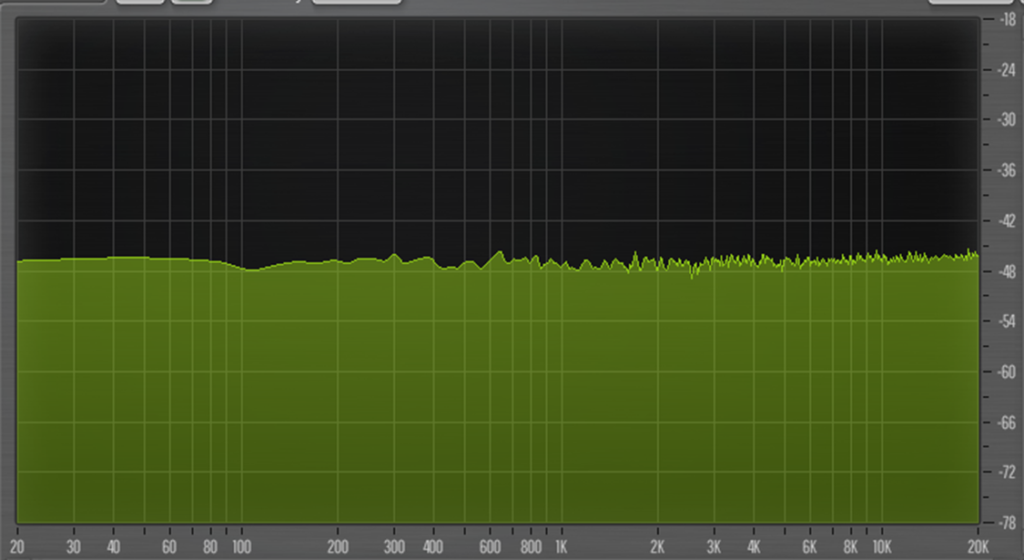
The rest of these graphs were taken from the line out signal of the Nashville 112 with the preamp at 2 and the master volume and reverb at zero.
EQ knobs all 0, straight up:
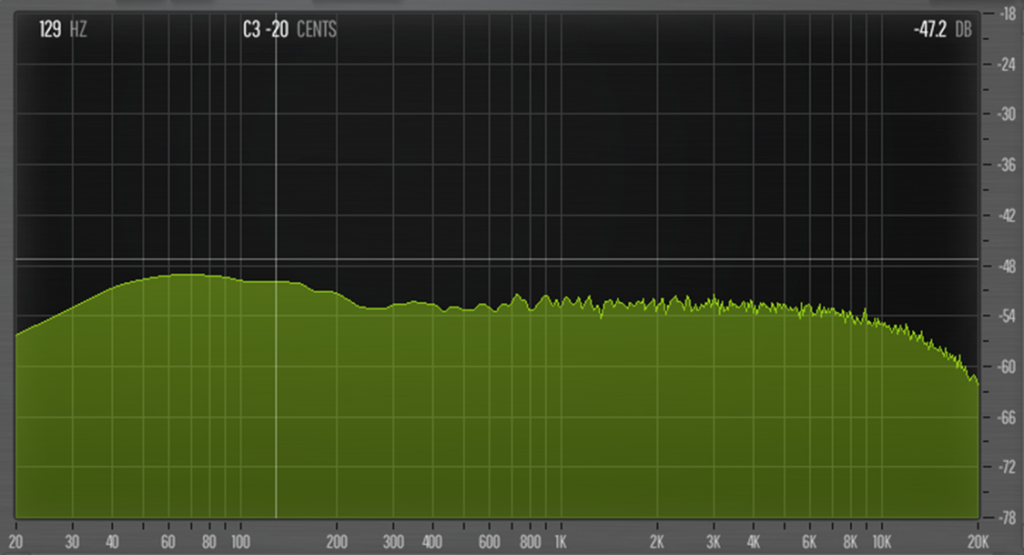
Low at +15:
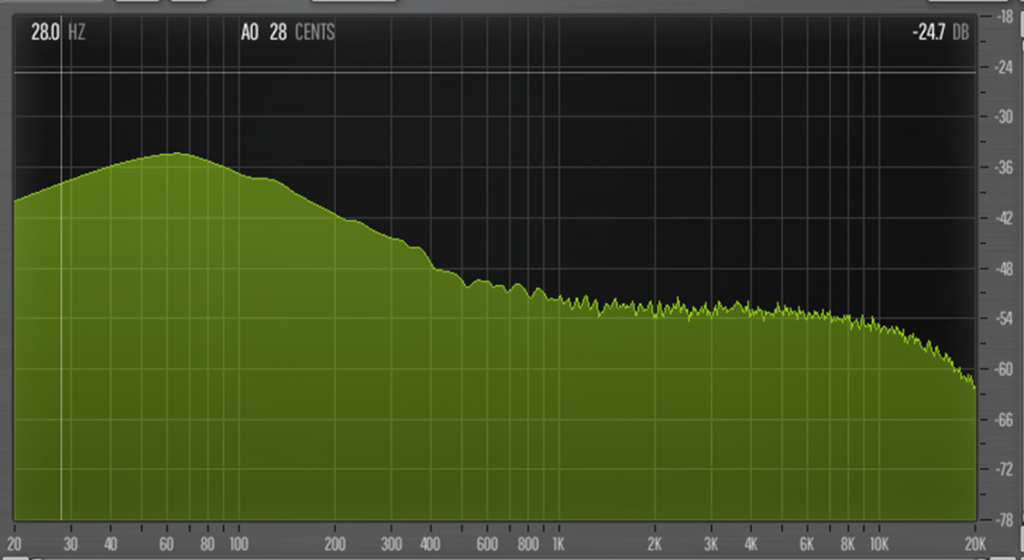
Low at -15:
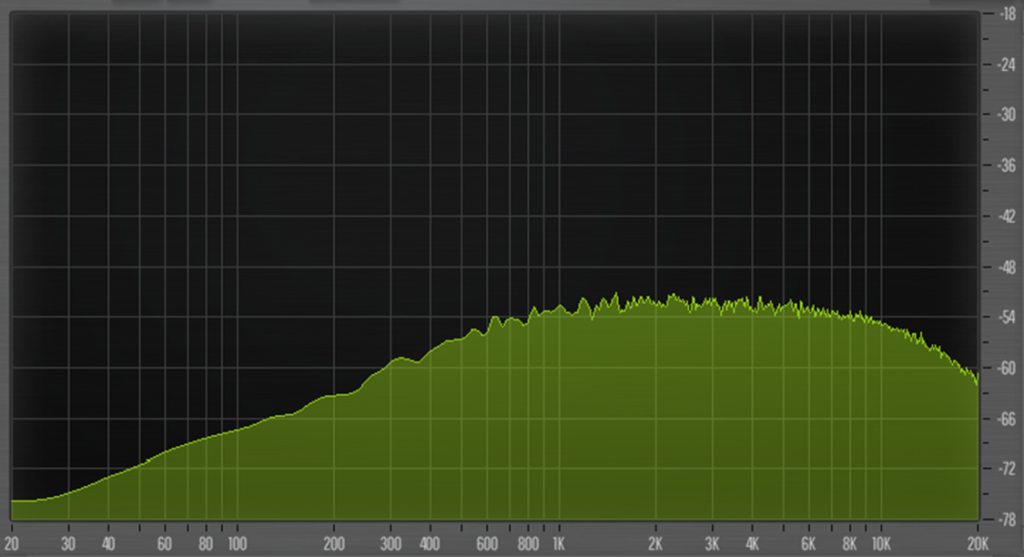
Mid at +15, Shift at 150:
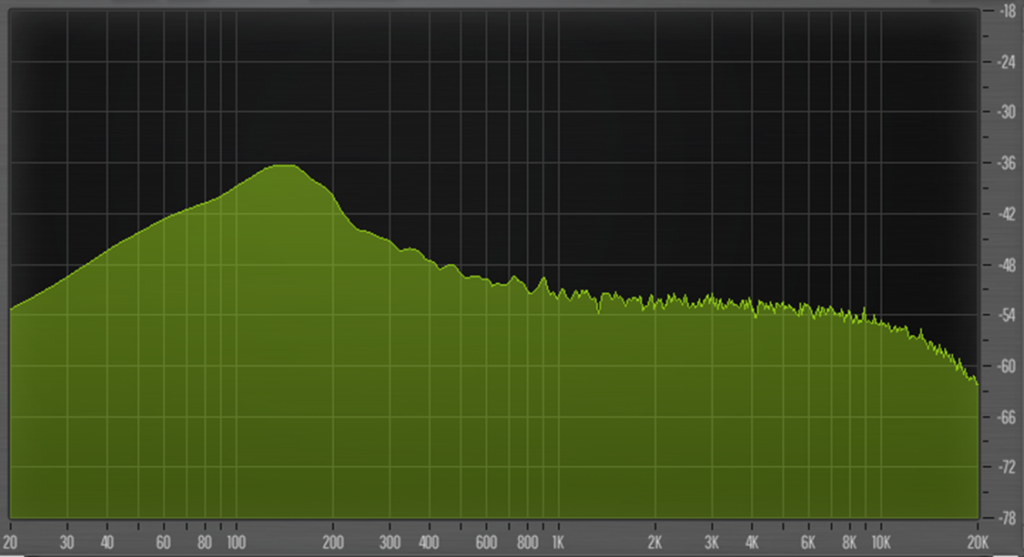
Mid at +15, Shift at 300:
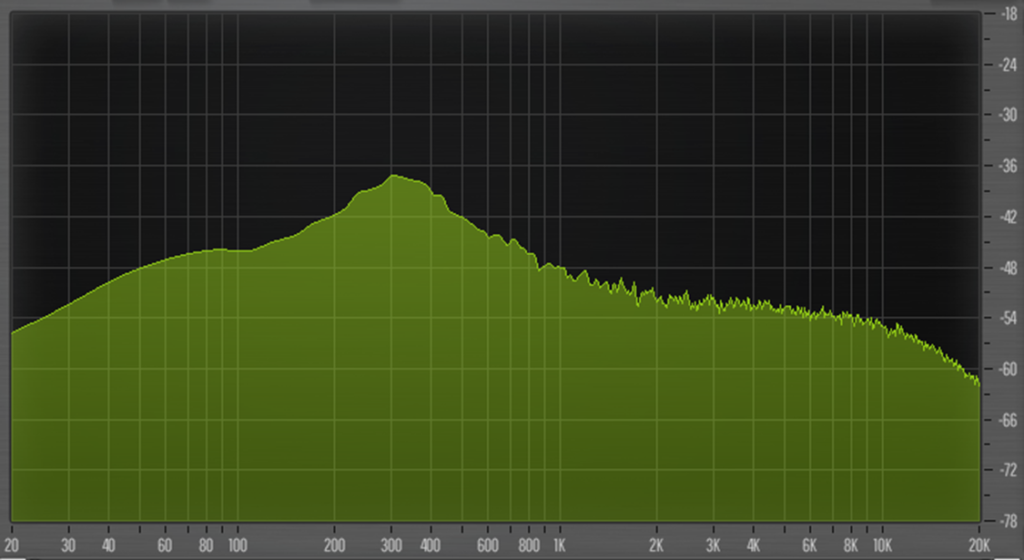
Mid at +15, Shift at 800:
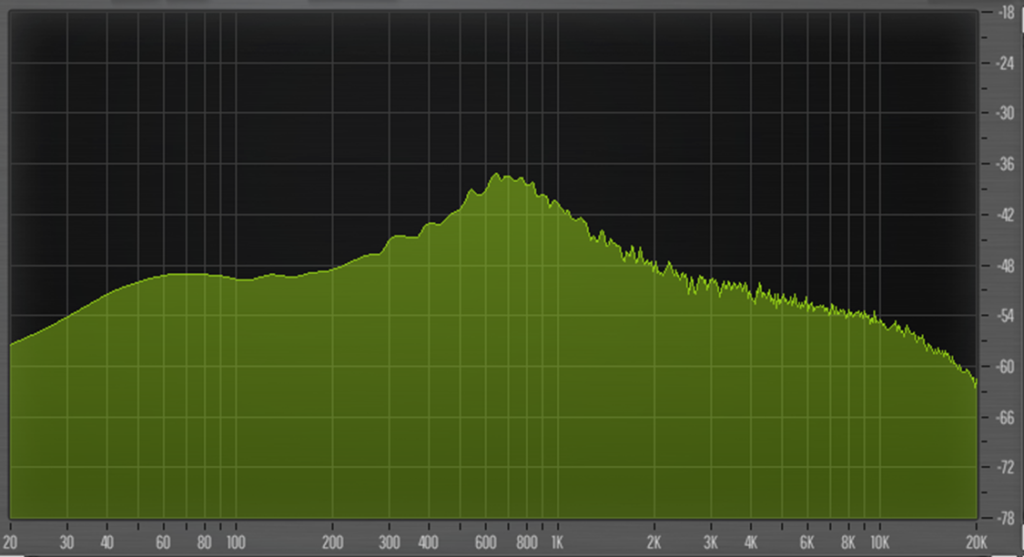
Mid at +15, Shift at 1.5k:
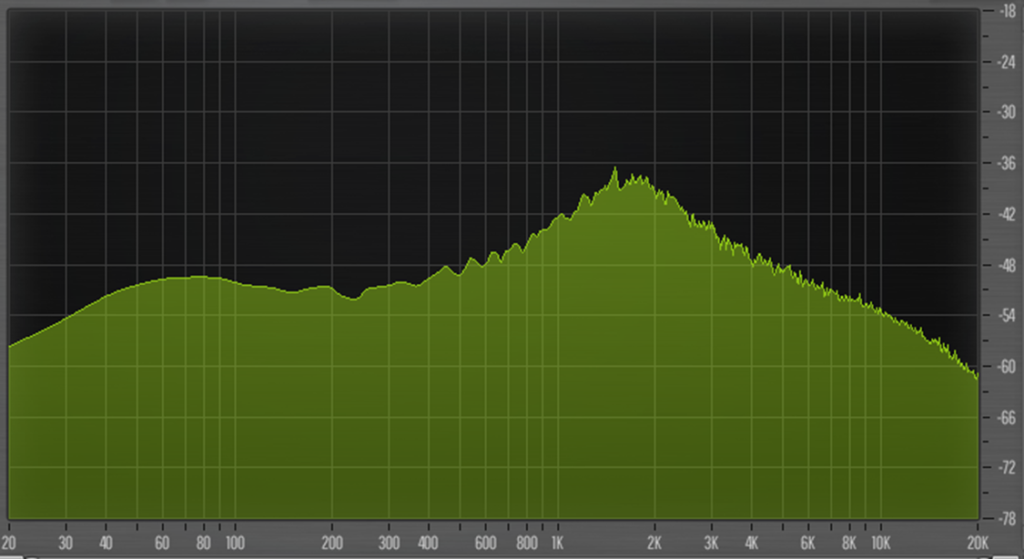
Mid at -15, Shift at 150:
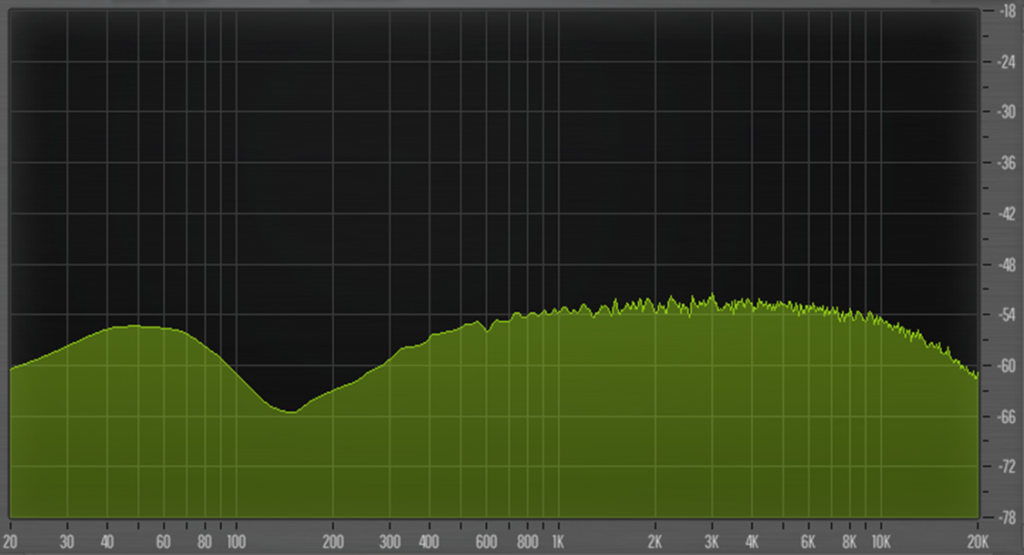
Mid at -15, Shift at 300:
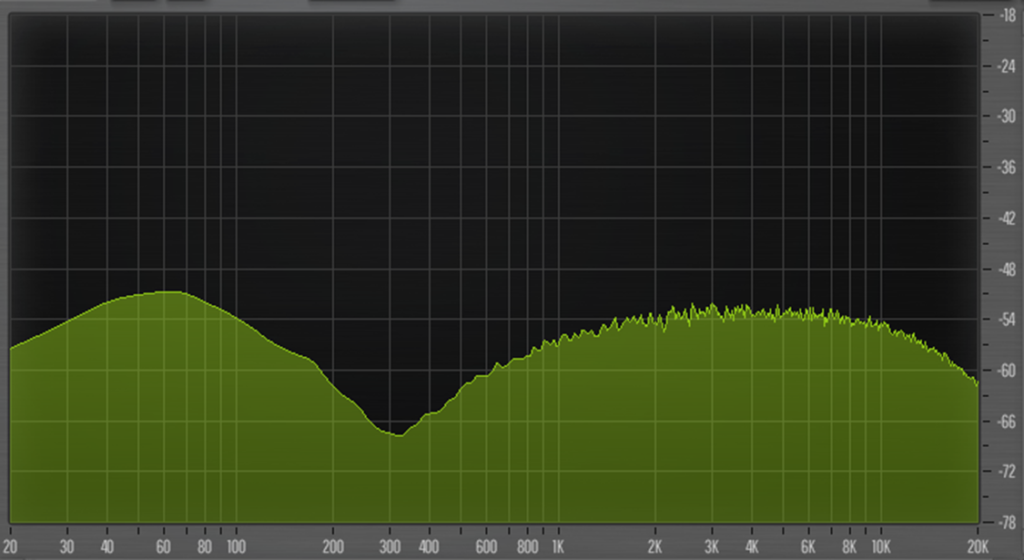
Mid at -15, Shift at 800:
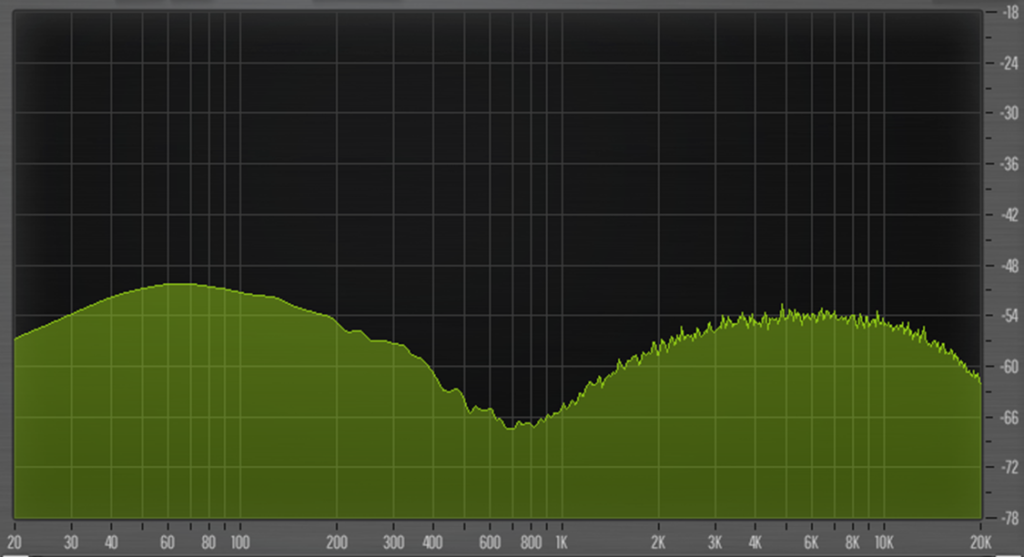
Mid at -15, Shift at 1.5K:
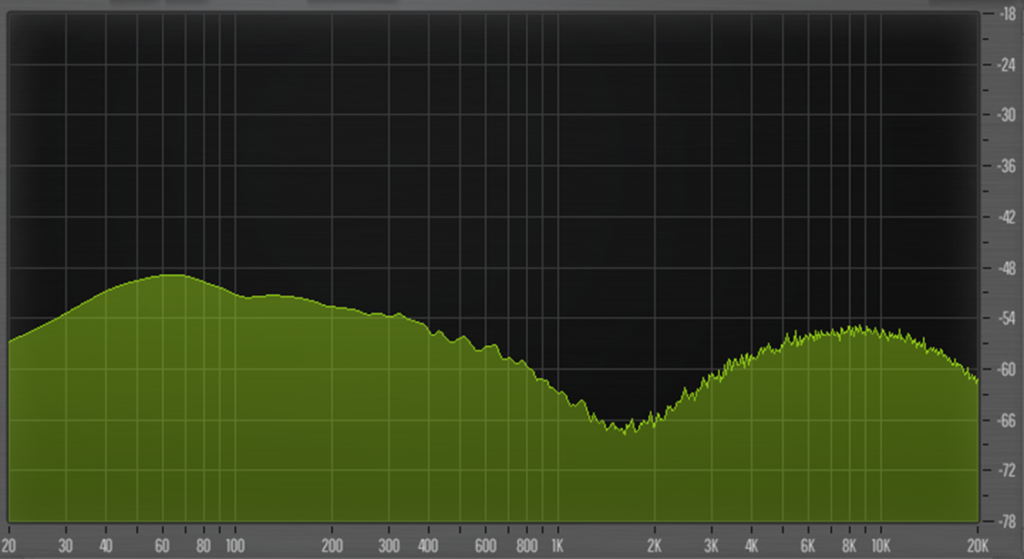
High at +15:
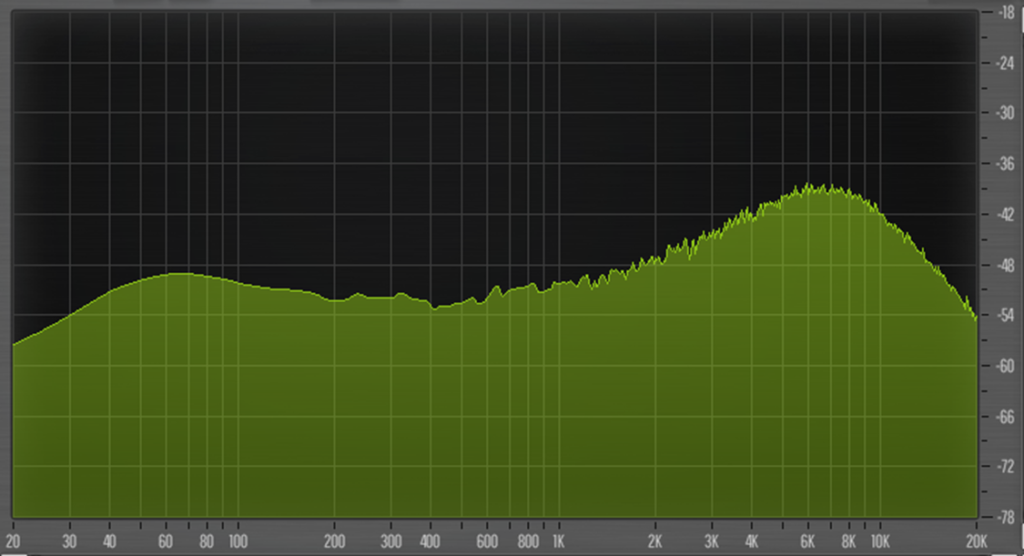
High at -15:
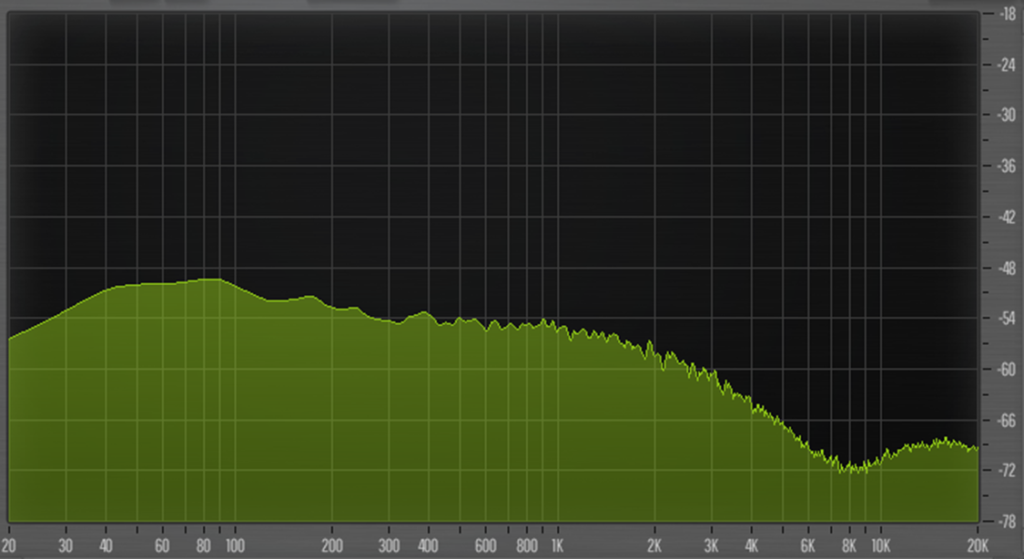
Presence at +15:

Presence at -15:
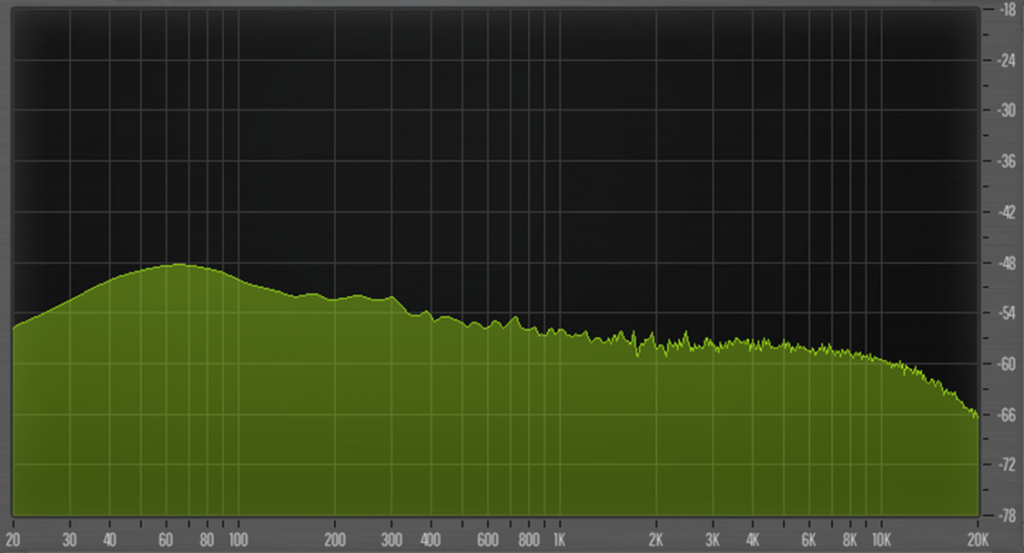
Typical Settings:
Bass: 3
Mid: -6
Shift: 800
High: 3
Presence: 6
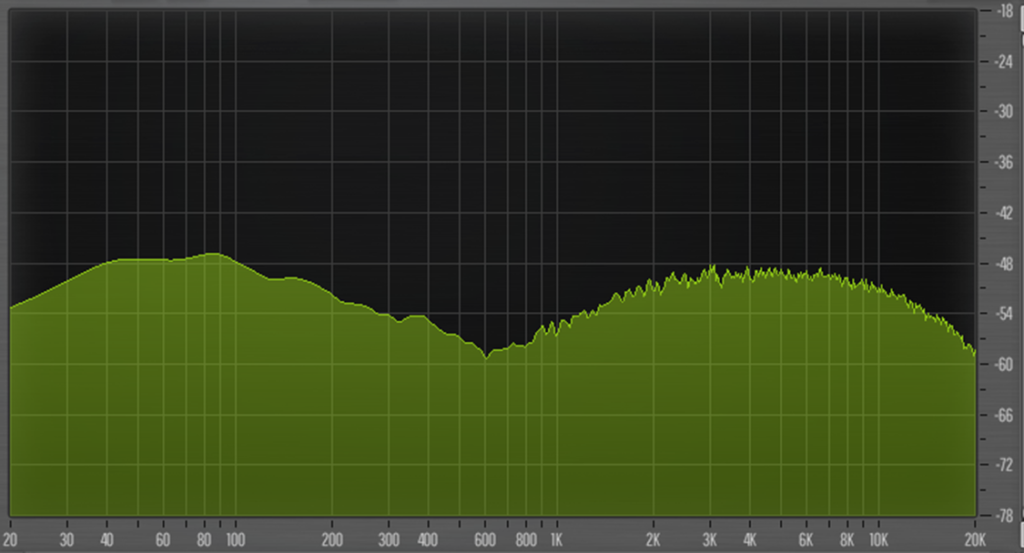
Conclusion
After reviewing these measure measurements, the overall takeaway for me is that presence is a broad-stroke brush to overall brightness, while the high knob is more narrowly focused at the top end of the EQ spectrum.

